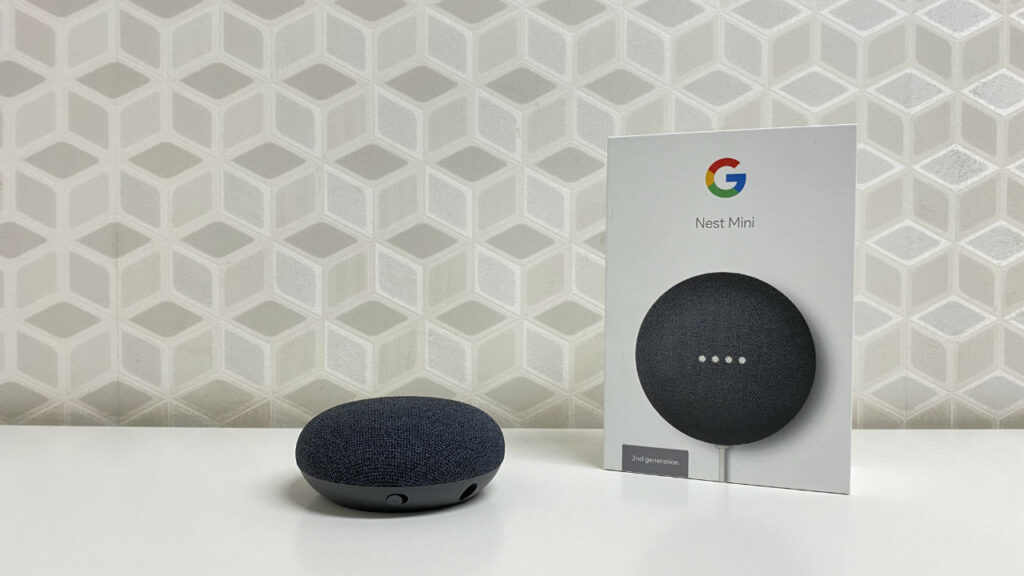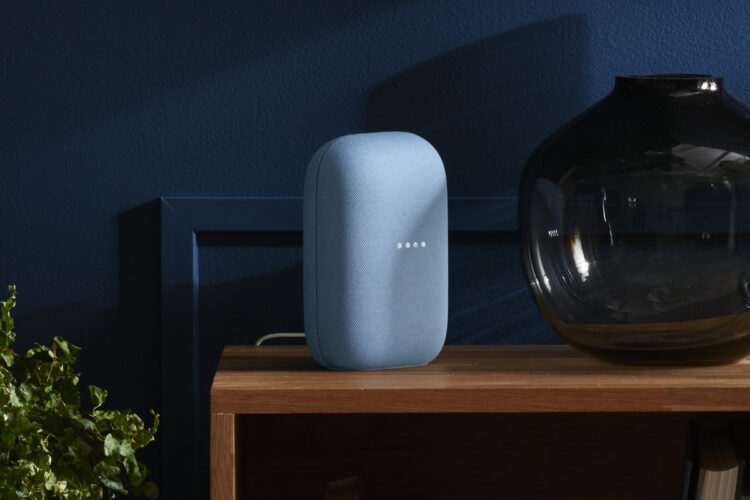Google’s Nest unit is now stepping into health technology with a feature that tracks sleep patterns. Nest offers a potential new revenue source but will raise privacy concerns.
Nest Becomes More Smart
The tech-giant divulged the second-generation model of its Nest Hub smart display in a blog post Tuesday. Now, it has a feature called Sleep Sensing that monitors the breathing and movement of an individual sleeping close to the screen. This will occur without a camera or expecting to wear a device in bed. The device is able to identify activities like coughing and snoring. Besides, it also identifies light and temperature fluctuations utilizing the Nest Hub’s underlying microphones and embedded light and temperature sensors. Gradually, the device learns the client’s sleep patterns and is able to provide customized recommendations.

Ashton Udall, a senior product manager at Google Nest, said Sleep Sensing will be accessible as a free preview until one year from now. It means the organization may start charging for the service later on. Nest was a pioneer in supposed smart home technology through its web associated indoor regulator. Google gained the organization for $3.2 billion of every 2014. From that point forward, it battled with some new product dispatches, lost its originators and managed repeating privacy questions.
On Tuesday, the company tended to the privacy ramifications of the device’s new sleep-detecting feature. The device depends on a low-energy radar technology called Soli to do the following. Thankfully, it very well may be debilitated. Sound of users’ snores and coughs will be handled on the Nest Hub gadget as opposed to being shipped off Google’s workers. There’s even an equipment switch that actually handicaps the mouthpiece. Users can likewise audit and erase their sleep information whenever, and Google focused on that the data isn’t utilized for customized advertisements.




















